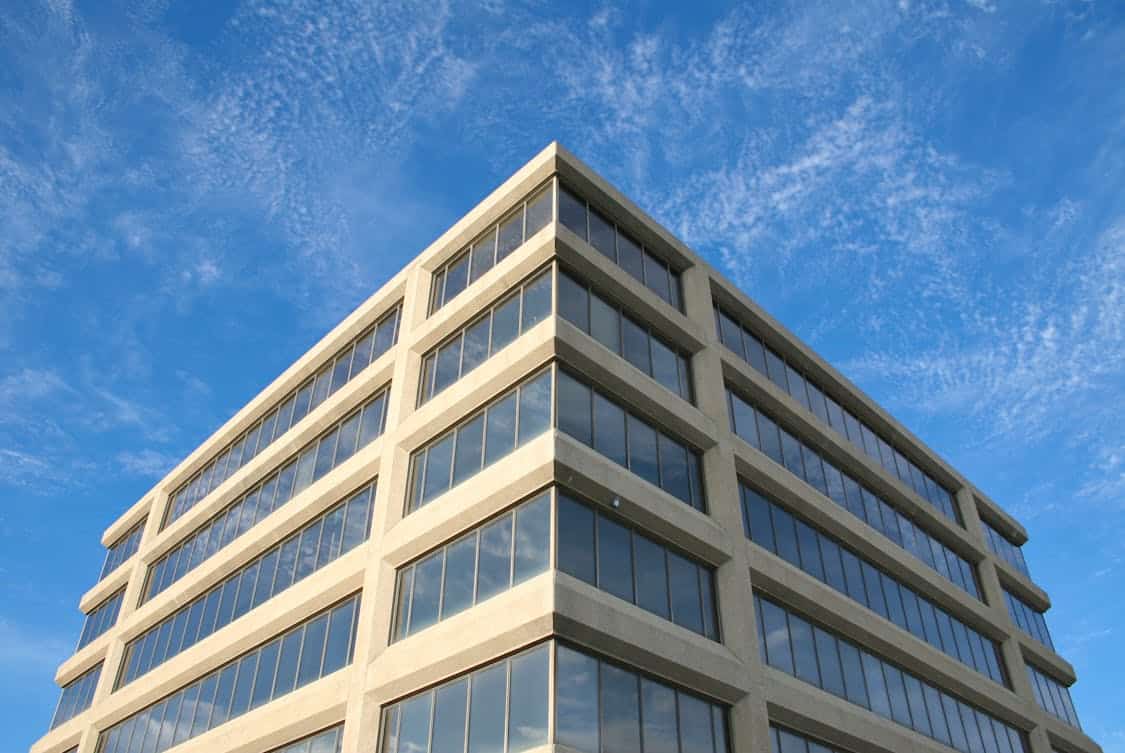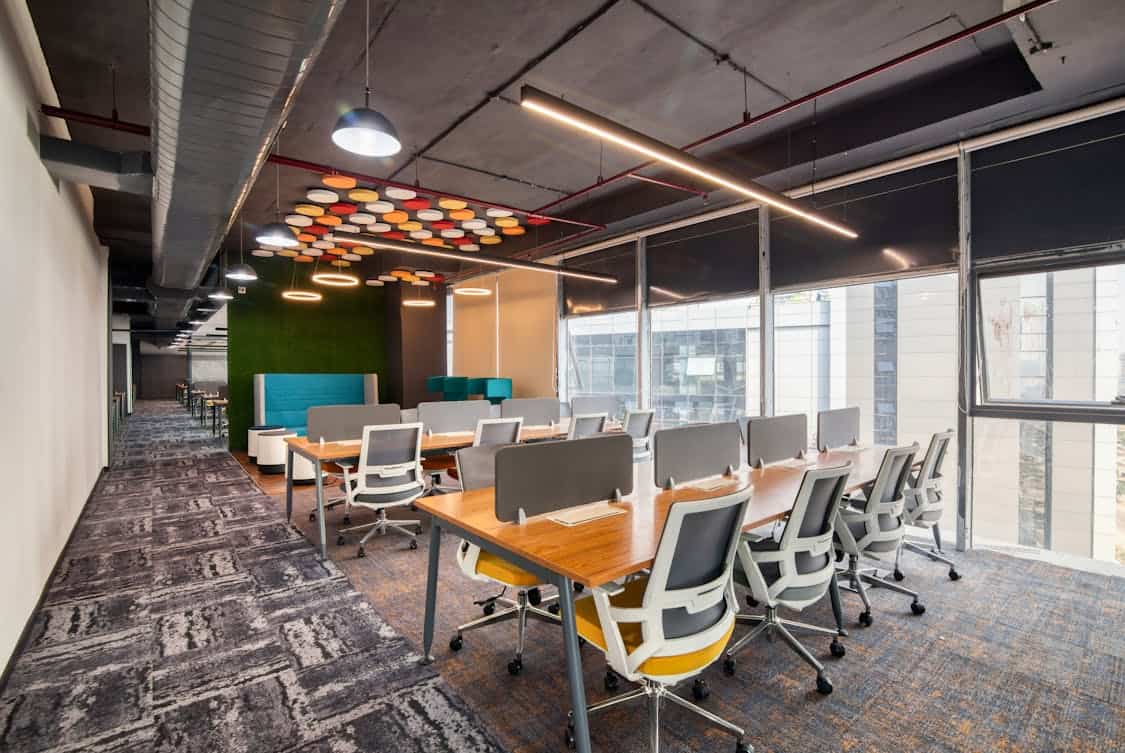
Upgrading old office windows with modern tint film is a smart way to improve comfort, reduce glare, and cut energy costs without replacing entire frames. Many commercial buildings still have single-pane glass or worn seals, and a layer of high-quality film can change performance in meaningful ways.
The following guide outlines the key steps and considerations that influence results, covering everything from film types to installation options.
Assess Window Condition And Needs
Start by taking a close look at each window: check for fogging, cracked seals, warped frames, or sticky mechanisms that hint at bigger issues needing repair before film goes on. Note the direction each window faces and the hours of direct sun they receive, since heat and UV load vary from east to west, and different films suit different sun patterns.
Also catalog the goals for tinting—glare control, heat reduction, privacy, or a bit of all three—so choices match real workplace needs. Finally, capture measurements and photos to build a clear site profile that will guide product selection and installation planning.
Choose The Right Tint Film Type
There are several main film categories: reflective metalized films that cut heat well, spectrally selective films that block IR while keeping visible light, and privacy films that obscure sight lines with frosted or patterned finishes. Match the film to the most pressing issue; for example, bright glare calls for higher visible light reduction while overheating needs strong IR rejection and lower solar heat gain.
Pay attention to warranty terms and stated performance metrics such as VLT (visible light transmission), SHGC (solar heat gain coefficient), and UV blockage, and compare real-world user notes when possible. Keep in mind that some films affect view clarity or create a slight mirror effect, which can be useful in street-facing offices but less so where an open view is desired.
Measure And Prepare The Glass Surface
Accurate measurement is critical: small errors lead to bubbles, edge lift, or wasted material, so measure height and width of each pane twice and subtract a small margin for practical trimming and fit. Clean the glass thoroughly with a mild, non-abrasive solution and a lint-free cloth, removing stickers, grit, and any silicone residue that can prevent full adhesion; a razor blade can help with stubborn deposits but use it with care.
Temperature matters for adhesion and ease of handling, so plan installation on a cool, dry day or work in a climate-controlled space where the adhesive can cure properly. Finally, lay out film pieces in matching order to the panes so each cut corresponds to a specific sash, speeding the install and avoiding mix-ups.
Professional Versus DIY Installation
DIY kits and tutorials make tinting approachable for small projects, and an experienced hand can save money on labor if windows are straightforward and frames are in decent shape. That said, complex storefronts, insulated glass units with failing seals, or high-rise work often call for trained installers who bring scaffolding, specialized tools, and experience with edge sealing and warranty compliance.
Ask pros about their prep steps, whether they use wet or dry application techniques, and how they handle tricky trim areas to get a clear picture of trade-offs. For larger jobs, competitive bids help reveal differences in film brands, labor practices, and timelines, which often pay off in smoother project delivery.
If your business is located locally, considering professional office window tinting in Gold Coast is a smart choice to ensure expert results and lasting performance.
Handling Glare And Heat Control

Glare reduction and heat control are related but not identical problems; a film that cuts visible light might not block infrared effectively, and vice versa, so match the film’s strengths to the symptoms you observe at work. Strategic placement also matters: apply stronger heat-control films to south- and west-facing facades while using milder tints where daylight balance is the priority, creating a layered approach that keeps interiors bright yet comfortable.
Combine film with interior measures such as blinds, low-reflectance screens, or task lighting to tackle glare at the source without making spaces feel dim. Monitor interior temperature and light levels after install, and tweak shading or task zones to achieve a happier mix of comfort and productivity.
Privacy And Aesthetic Options
Privacy needs range from subtle frosting to full-coverage reflective films that block sight lines while offering a sleek exterior look, and pattern films can add brand identity or visual interest without heavy construction work. Choose finishes that complement interior décor and exterior street presence; matte or etched films feel softer for meeting rooms, while slightly reflective films project a modern street-facing image.
Graphic prints or custom cut vinyl offer signage and wayfinding options, turning simple glazing into a communication surface that doubles as privacy screening. Take care that high-contrast patterns do not reduce natural light more than desired, since artificial lighting adds cost and can alter mood.
Maintenance And Longevity Tips
Proper cleaning and simple care extend film life: use mild soap and water with a soft cloth, avoid sharp tools on the film surface, and refrain from applying strong solvents that can break down adhesives or dyes. Inspect edges and corners periodically for lifting or bubbling that can trap moisture and degrade performance, and if small issues appear early, have them repaired under warranty to avoid progressive failure.
Film life varies by product and exposure, but high-quality films paired with correct installation often last a decade or longer, providing steady returns in comfort and energy savings. Keep records of product codes, installer contact details, and warranty terms in a building log so future stewards know what was done and when.
Cost And Return On Investment
Upfront costs include film, labor, and any preparatory repairs to frames or seals, while benefits show up as lowered HVAC load, reduced glare complaints, and better occupant comfort that can translate to productivity gains. Compare simple payback calculations—annual energy savings against project cost—to see how long before the install “pays for itself,” and factor in non-energy perks like faded furnishings avoided by UV reduction.
Short-term budgets sometimes push for cheaper films, but low-priced materials can bubble, discolor, or delaminate, leading to replacement costs that quickly erase savings. For many facilities, a middle-weight approach that balances performance specs with a reasonable warranty gives the best long-term value.
